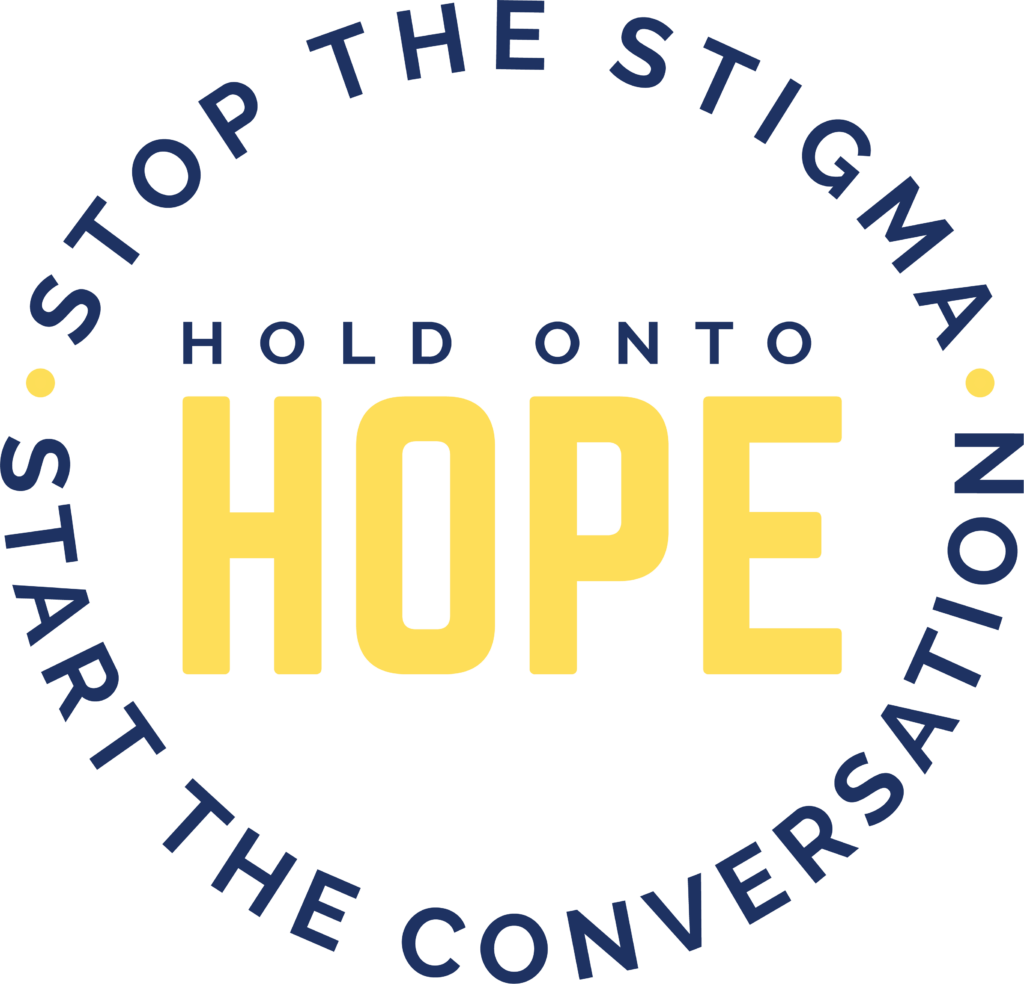Discussing the topic of suicide is not easy. It is uncomfortable. Suicide is one of the leading causes of death in the US. Avoiding the discussion is a mistake. The number of people directly affected by the loss of one life is 135, so why aren’t we talking about it?
We are not equipped with the right language making the discussion of suicide uncomfortable. One of the oldest, out of date and highly stigmatizing phrases is “commit suicide.”
#1 Suicide is not a crime
Suicide is no longer a punishable crime as it was during medieval times. That’s when the phrase “commit suicide” originated similar to other crimes like “commit murder” and “commit fraud.” The punishment included giving the person’s possessions to the King or government leaving the family with nothing. Individuals and families lived with shame and isolation from their communities following a suicide or an attempted suicide.
Today we have Behavioral Scientists that understand the complexity of mental health and the contributing factors for people who die from suicide. According to the National Alliance of Mental Health (NAMI) (1) at least 46% of people who die by suicide had a known mental health condition. These other risk factors are:
#2 Suicide is like Emotional Cancer
According to Ronald Rolheiser, author of Bruised and Wounded Struggling to Understand Suicide, (2) “Just as with physical cancer, the person dying of suicide is taken out of this life against his or her will. Death by suicide is the emotional equivalent of cancer, a stroke, or a heart attack. The pattern of death is the same. Death can happen suddenly, or it can be the ending of a long struggle that slowly wears a person down. Either way, it’s involuntary.…” “This is not to say that a loss of someone we love from suicide is still not one of the most painful losses we can experience. We will always long for more understanding. Perhaps as we try to understand this mark on our soul, something else will break through that helps us better deal with all those conflicted feelings – namely, empathy for and understanding of someone whose emotional immune system has broken down.”
Ronald’s words give comfort, hope and a different perspective. He reframes an old way of thinking that causes stigma and makes room for empathy and understanding that will lead to conversations of hope and healing.
#3 What do I say instead of “commit suicide?”
My friend died of Colon Cancer over ten years ago when he was in his 40’s. We did not say that he “committed cancer.” We said he died from cancer. When discussing suicide, substitute the word “cancer” for “suicide” and the stigma is gone.
Choose to say “died from suicide” instead of “committed suicide”.
It’s important to show support to those left behind following a suicide loss just like we show support for other types of losses. One of the ways we can do that is with our words.
#4 Our Words are important
Language that evokes understanding and compassion vs. shame and stigma can help all of us have conversations that move us towards prevention of suicide deaths. Those left are often reluctant to reach out because of the stigma. Continuing to use phrases like “commit suicide” perpetuates that stigma.
If your loved one has died from suicide and you feel that society is somehow holding you responsible or believes that your loved one was selfish, you may not reach out for help and support and that puts you at risk.
#5 Suicide is Preventable
There is hope for all of us. We continue to find new cures for cancer and prevention, we can also continue to find new ways to fight and prevent suicide. We are learning more and more about suicide prevention and mental illness and what we can do to support various communities at risk.
According to the Centers for Disease Control, (3) there are several things that we know that we need to do as a Society to help prevent Suicide. Here are some examples:
1 – We need to stay connected to each other
2 – Create safe environments with less access to lethal means for those at risk.
3 – Social/Emotional learning is important
4 – Housing security
5 – Access to health care
We are taking important steps to make changes, but we can do better at opening the conversations up with each other.
When you have a conversation with someone about a person who has died from suicide, you can do your part to move conversations towards preventing more suicide deaths. Refrain from using the highly stigmatized phrase, “commit suicide.”
At Honor Connor, one of our missions is to provide hope and healing to those that have suffered a suicide loss. We are building a Grief Education Program to help all of us understand how we can better support those that have experienced this type of unique loss and the grief that accompanies it. This program will be launching in the fall of 2022. If you’d like to find out more: www.honorconnor.org


Founder & Manager Director
These recommendations have been informed by the Canadian Psychiatric Association’s Media Guidelines for Reporting on Suicide and gathered from camh.